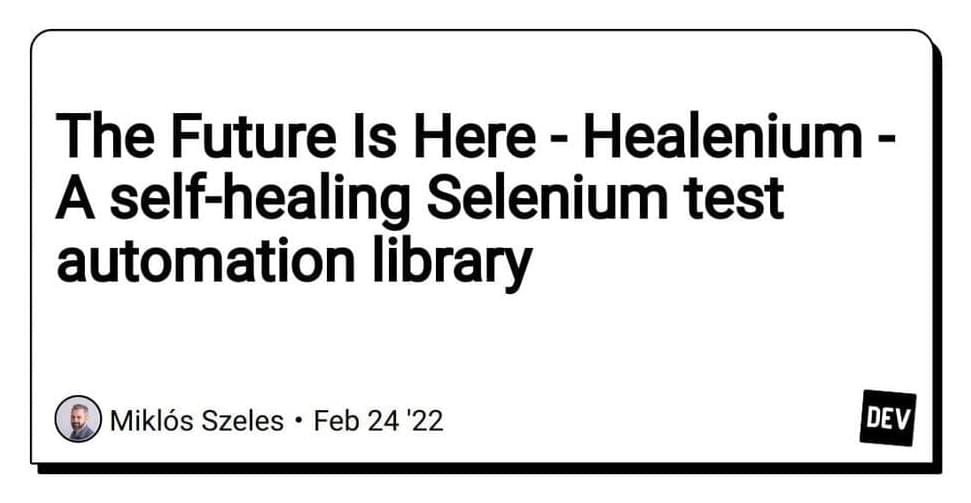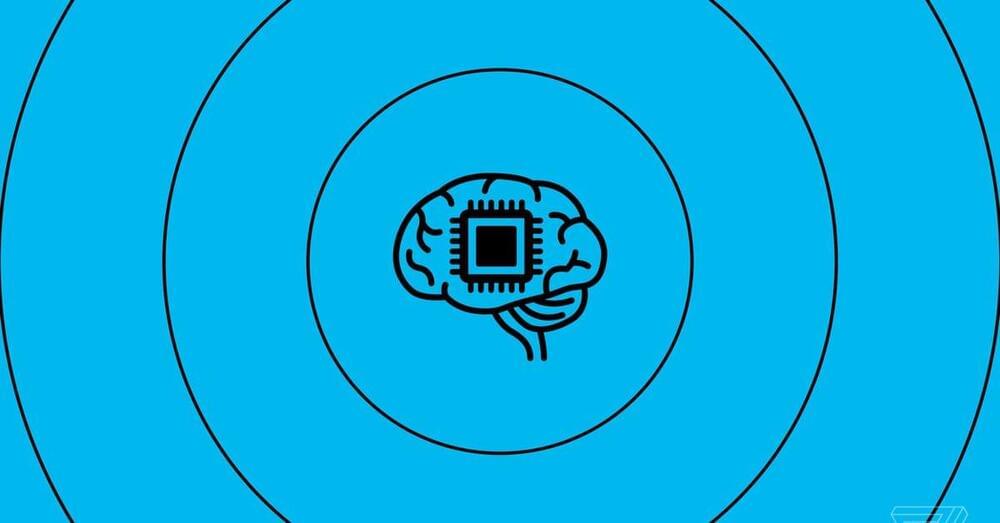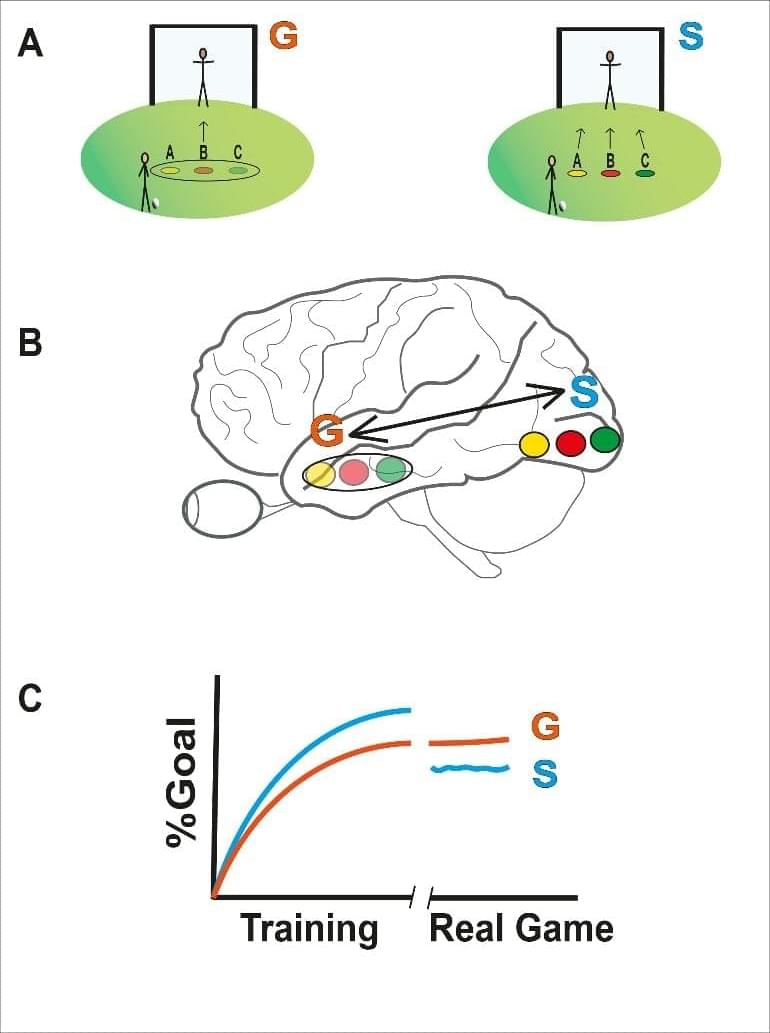I guess they’re John Wick fans.
The molecules kill some types of fungi “so efficiently that we named them after Keanu Reeves,” said the lead author of the study.


Year 2022 Basically this can be used with Python for self healing networks and software testing.
Have you ever found yourself in a situation where you realized a small change of the UI broke your E2E test again? Well, it happens to me very often.
Recently I read an article from on medium.com about an interesting library called Healineum which can come to the rescue.
Healenium is an AI-powered open-source library that improves the stability of Selenium-based tests, handles changes of updated web elements automatically and helps to overcome the problem of UI autotests instability using a self-healing mechanism…

Most of those at risk reside in just four countries.
15 million people are at risk of floods caused by glacial lakes, with more than half of those exposed living in just four countries, according to a press release.
Which countries are most vulnerable to glacial flooding?
Getty Images.
Critically, the most vulnerable regions are neither those with the most lakes nor those expanding most quickly. Instead, it’s the size of the population, how close people are to a glacial lake, and, most significantly, how well-prepared they are for a flood that determines how dangerous the somewhat overlooked natural hazard is.

The death toll now stands at over 5,000.
The magnitude 7.8 earthquake that rocked Turkey and Syria on Monday is likely to go down as one of the deadliest this decade, according to a report from Reuters.
The epicenter of the earthquake is located 16 miles (26 km) east of the Turkish city of Nurdagi, 11 miles (18 km) below the Earth’s surface on the East Anatolian Fault.
Getty Images.
Scientists have estimated that the earthquake resulted in a more than 62 miles (100 km) rupture between the Anatolian and Arabian plates. Here is what scientists have to say about the ongoing disaster.

After six years of peace, the two tech giants are on course to butt heads again over the future of artificial intelligence.
Microsoft is about to go head-to-head with Google in a battle for the future of search. At a press event later today, Microsoft is widely expected to detail plans to bring OpenAI’s ChatGPT chatbot to its Bing search engine. Google has already tried to preempt the news, making a rushed announcement yesterday to introduce Bard, its rival to ChatGPT, and promising more details on its AI future in a press event on Wednesday.
The two tech giants are on course to butt heads again.


Summary: Variable stimuli may lead to better learning performance and outcomes under novel circumstances, a new study reports.
Source: DPZ
The World Cup final is in full swing, the stadium is filled to capacity, the fans are roaring, there is a flurry of flashbulbs. A free kick taker gets ready, takes a run-up and shoots. He had practiced free kicks a thousand times beforehand, but only on his home training ground and not in a crowded and noisy soccer stadium with changing lighting conditions and changing shooting positions. Will he still manage to score?



Scientists have discovered a new layer of partly molten rock under the Earth’s crust that might help settle a long-standing debate about how tectonic plates move.
Researchers had previously identified patches of melt at a similar depth. But a new study led by The University of Texas at Austin revealed for the first time the layer’s global extent and its part in plate tectonics.
The research was published Feb. 6, 2023, in the journal Nature Geoscience.